School brings history to life with mini museum housing treasures found in its archaeological dig
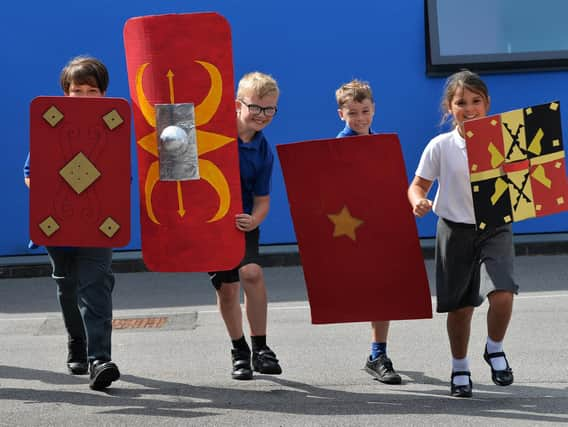

Now, six years after significant findings were first discovered, this knowledge returns to the North Yorkshire primary school setting where it all began.
Children at Norton Community Primary have created a miniature museum to house some of the artefacts which were uncovered when it expanded into premises on nearby Langton Road.
Advertisement
Hide AdAdvertisement
Hide AdEducation boxes have also been created, containing pieces of pottery once used for importing oil, and bones to reveal what kinds of food the people of Roman Norton might have eaten.
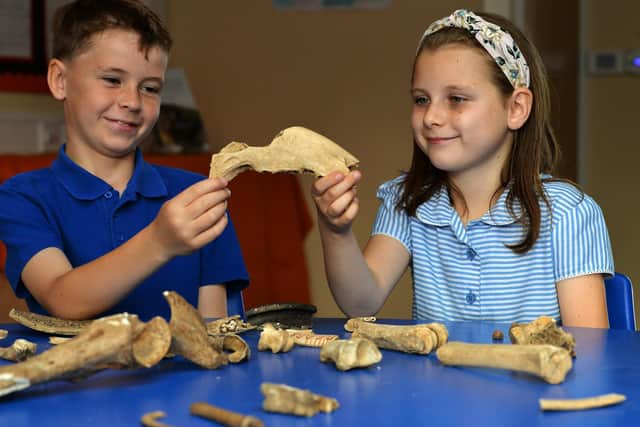

For students at the school, access to these treasures has opened their eyes to a world of history that surrounds them, so much so that it was their idea to create the miniature museum.
They have chosen what to include, how to present findings, and created posters to encourage other year groups to visit.
“The use of the artefacts for the children has made it much more enjoyable for them,” said Year 4 teacher Chloe Charlesworth.
Advertisement
Hide AdAdvertisement
Hide Ad“It gives them a more concrete experience and has made the time period come to life.”
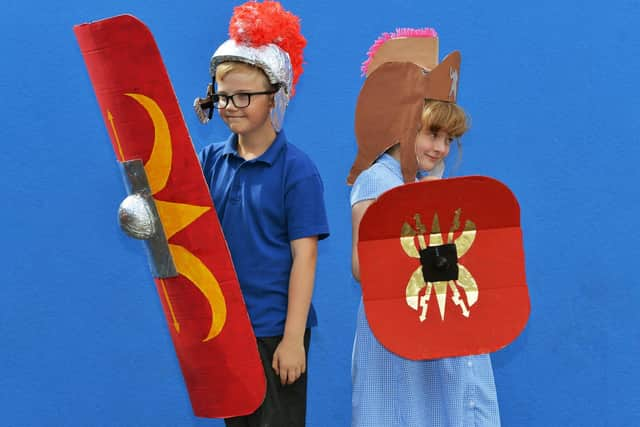

Norton’s Roman history is connected to a fort at nearby Malton, which housed a major settlement and forged the foundations for the two neighbouring towns.
The fort’s origins lay in the first phase of the Roman military intervention in Yorkshire, according to the Malton Museum, with hints of activity as far back as the 70s AD.
Archaeologists discovered a wealth of finds when preparations were underway for the second school setting on Langton Road.
Advertisement
Hide AdAdvertisement
Hide Ad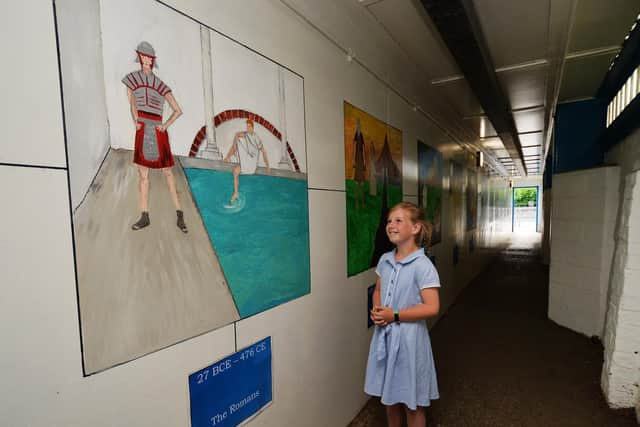

Among them was an unusually complete Roman cremation burial, known as a bustum, where remains were left undisturbed in the ashes of a funeral pyre.
The most valuable and significant of finds have been recorded and stored at Malton Museum, but a number of pieces remain for the children to explore.
Learning
Education boxes, created by JB Archeology which undertook the excavation, also include information packs for schools which are being shared by North Yorkshire County Council (NYCC).
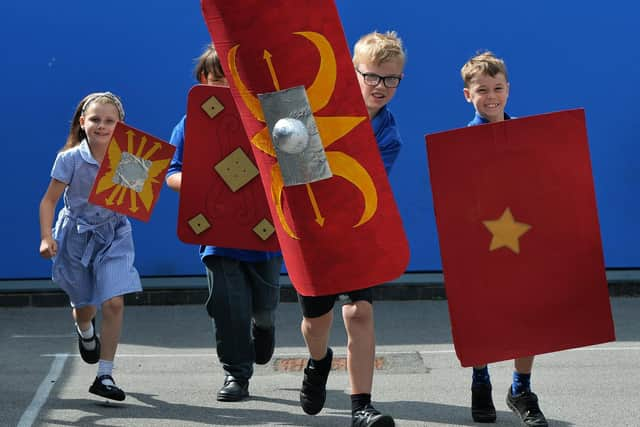

A tunnel at the setting was painted by teachers under lockdown with a pictorial timeline of the area’s place in history.
Advertisement
Hide AdAdvertisement
Hide AdThe Year 4 children at the school, aged between eight and nine, were also tasked with creating Roman shields and armour under home learning projects.
And, with traditional school trips to museums cancelled, their parents have taken them to archaeological sites such as one nearby at Orchard Fields.
“That gives them an understanding, into their local heritage and how life once was around the area,” said Miss Charlesworth. “It’s so nice that parents have been so involved.
“It’s generated excitement across the school. They want to learn more, they are asking so many questions.”
Excavation
Advertisement
Hide AdAdvertisement
Hide AdFurther discoveries in the archaeological excavation included a burial containing two goose heads, as well as jet jewellery and complete copper bracelets.
There were also fragments of a ceramic cockerel, which could potentially be linked with the god Mercury.
The excavation, carried out over the course of 2016 and 2017 by JB Archaeology, also uncovered traces of a number of stone buildings, including a corn drier or malting oven.
NYCC's executive member for schools, County Coun Patrick Mulligan, said: “The artefacts discovered by archaeologists during the development of Norton Community Primary School’s Langton Road site, provide a significant and fascinating insight into life in Roman Norton and Malton.
Advertisement
Hide AdAdvertisement
Hide Ad“While the most important and significant finds are now housed at Malton Museum, we are pleased that we have been able to provide children locally with some of the other artefacts excavated.
"It has given them a fantastic opportunity to gain more understanding of their local heritage and an insight into how life in Roman Norton and Malton once looked.”
____________________________________________________________________________________
Support The Yorkshire Post and become a subscriber today. Your subscription will help us to continue to bring quality news to the people of Yorkshire. In return, you'll see fewer ads on site, get free access to our app and receive exclusive members-only offers. Click here to subscribe.
